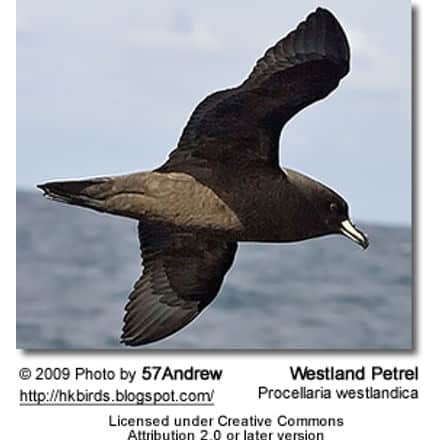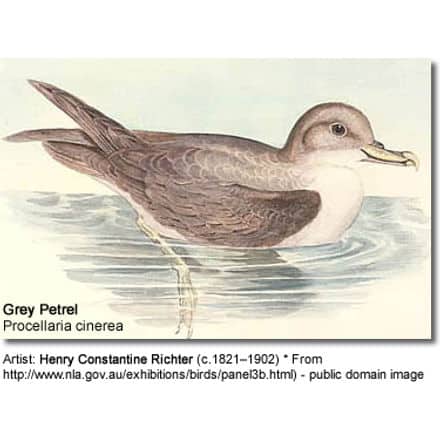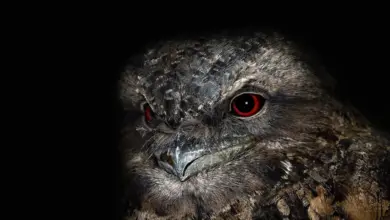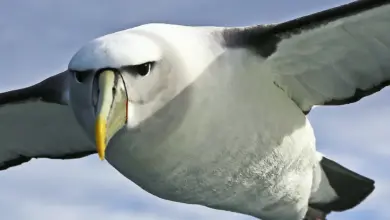Procellaria
Procellaria is a genus of southern ocean long-winged seabirds related to prions and a member of the Procellariiformes order.
Species
There are five species, and all five species are named as ‘petrel’, although they were thought to be more closely related to the shearwaters and current research places them closer to the prions.
- Procellaria cinerea, Grey Petrel, Grey Shearwater, or Pediunker, breeds on subantarctic islands
- Procellaria aequincotialis, White-chinned Petrel, breeds on subantarctic islands
- Procellaria consicillata, Spectacled Petrel, breeds on Inaccessible Island
- Procellaria parkinsoni, Parkinson’s Petrel, or Black Petrel, breeds on Little Barrier Island and Great Barrier Island
- Procellaria westlandica, Westland Petrel, breeds on South Island
- †Procellaria ??, undescribed prehistoric species
Range and habitat
They range from the cold waters of the southern oceans to the temperate waters, and ar pelagic except during the breeding season.
Behavior
These tubenoses fly like Shearwaters, with stiff wings and shearing technique across wave fromts. This technique saves energy. During breeding season they utilize coastal cliffs on islands, laying their single egg in a burrow.
Conservation
Of the five species, four of them are listed as Vulnerable and the last is Near Threatened.
Taxonomy
Procellaria is a member of the family Procellariidae and the order Procellariiformes. As members of Procellariiformes, they share certain characteristics. First they have tubular nostrils called naricorns.
This feature gives them their common name, Tubenoses. The opening to the nostril is located differently in some birds. These birds have the opening on top of the upper bill. Second, they produce a stomach oil that contains wax esters and triglycerides. This oil fills two functions.
When predators threaten the birds or their chick or egg, they spit the substance on them. This substance has an awful smell, and mats the feathers down degrading their usefulness.
Also, they can digest the wax esters for a high energy source of food, during long flights or the period of time that they are incubating their egg or caring for their young.
They also have a uniquely structured bill, with seven to nine distinct horny plates.
Finally, they have a salt gland that is located above their nasal passages and helps desalinate their body, as they drink seawater. They excrete the salty waste out their nose.
Etymology
Procellaria comes from two Latin words, procella meaning a storm and arius a suffix meaning pertaining to. This is in reference to their association with stormy weather. The word Petrel is derived from St. Peter and the story of his walking on water. This is in reference to the Petrels habit of appearing to run on the water to take off.






